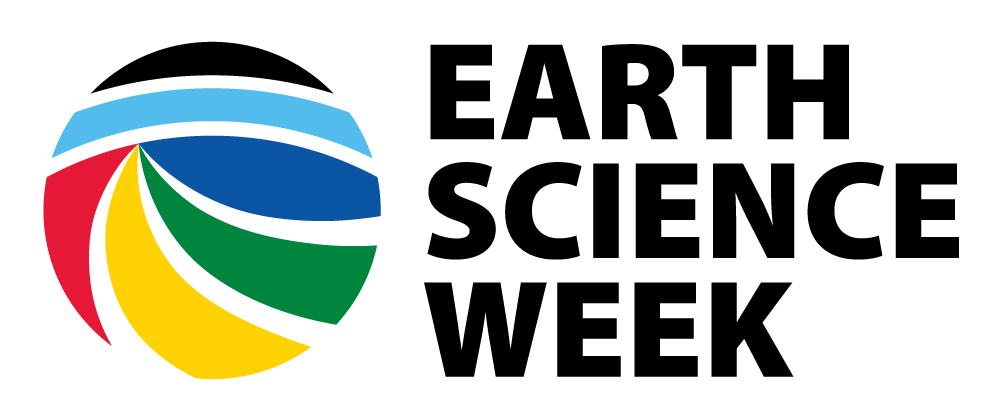Constructive Forces of Mountain Building Activity Source: Esri. Adapted with permission.
Materials
Computer with internet access Procedure
1. Start the map at http://www.arcgis.com/home/webmap/viewer.html?useExisting=1.
2. Explore: Does North or South America have the biggest mountain range?
Click Modify Map, and then click the Contents button. Click the Rocky Mountains bookmark, then click the Andes Mountains bookmark for closer examination. Compare and contrast the Andes and Rockies. Measure the Rocky Mountains and the Andes Mountains.
[Read More]
Cookie Mining
Cookie Mining Women in Mining
Activity Source: Adapted from Women in Mining Education Foundation activities
Purpose The purpose of this activity is to give the player an introduction to the economics of mining. Each player buys “property,” purchases the “mining equipment,” pays for the “mining operation,” and finally pays for the “reclamation.” In return, the player receives money for the “ore mined.” The object of the game is to develop the mine, safeguard the environment, and make as much money as possible.
[Read More]
Core Sampling
Core Sampling Activity Source: Society of Petroleum Engineers. Adapted with permission.
Core samples are small portions of a formation taken from an existing well and used for geologic analysis. The sample is analyzed to determine porosity, permeability, fluid content, geologic age, and probable productivity of oil from the site.
Drilling is the only way to be sure that oil and gas fields exist and exactly what is present in the formation.
[Read More]
Cores for Kids
Cores for Kids Activity Source: International Ocean Discovery Program
Background The JOIDES Resolution is a ship that operates on behalf of the International Ocean Discovery Program and is one of a handful of vessels designed specifically to drill into the ocean floor for scientific research. The cylinders of sediment and rock that are recovered from the ocean floor — called “cores” — can be considered time machines, revealing secrets from Earth’s past about geology, climate change, and the origins and extremes of life.
[Read More]
Cracked Plates & Tectonics
Cracked Plates & Tectonics Activity Source: Adapted with permission by Esri.
In this activity, you’ll investigate dynamics in Earth’s crust that explain multiple Earth science phenomena. For the full activity, go to http://esriurl.com/ESW2016.
Materials A computer/projector with internet connection Take these “tech tips.”
Measure: At the top of the map, click the Measure button. Hover and click the Distance button. Click continuously along what you want to measure. Double-click to finish.
[Read More]
Critical Zone
Critical Zone Activity Source: Critical Zone Observatories
The Critical Zone (CZ) is defined as the zone at Earth’s land surface extending from the top of the vegetation canopy through soil to subsurface depths at which fresh groundwater freely circulates. This is the zone where most terrestrial life — including humanity — resides.
The U.S. Critical Zone Observatories (CZOs) provide important platforms for studying processes occurring in this zone. The CZOs aim to advance interdisciplinary studies of Earth surface processes, partly to recognize and predict variations in processes resulting from humans’ land use and climate change.
[Read More]
Cupcake Core Sampling
Cupcake Core Sampling Activity Source: Adapted from Women in Mining Education Foundation Education Activities
This activity is ideal for a small group of students, a youth group, or a parent-child activity.
Purpose Trying to “see” what is beneath the surface of the Earth is one of the jobs of a geologist. Rather than digging up vast tracts of land to expose an oil field or to find some coal-bearing strata, core samples can be taken and analyzed to determine the likely composition of the Earth’s interior.
[Read More]
Dangerous Atmosphere
Dangerous Atmosphere Activity Source: Adapted with permission by The Weather Channel.
Background How much of a danger does severe weather pose for the area where you live? You can compute the answer yourself in the exercise below. You may want to divide up tasks 6-13, one per student, and then compare results.
Materials A computer with Internet access Paper and pen to record findings Procedure 1. Identify your state and county.
[Read More]
Dating Popcorn
Dating Popcorn Activity Source: Association of American State Geologists. Adapted with permission.
How do geologists understand the Earth’s history? In part, they measure the age of rocks and other natural materials by dating techniques. They can date rocks by gauging the amount of decay of radioactive elements. The time necessary for half of any given amount of one element (the “parent element”) to decay to become another element (the “daughter element”) is called the element’s “half-life.
[Read More]
Deep-Sea Drilling
Deep-Sea Drilling Activity Source: Adapted with permission by Deep Earth Academy.
The JOIDES Resolution (JR) has physical dimensions unlike most oceangoing vessels. Why? So that scientists can sail nearly anywhere in the world to drill for samples of rocks and sediment from below the seafloor — in hopes of discovering clues about Earth’s history and structure, life in the deep biosphere, past climate change, earthquakes, and natural resources.
Note for teachers: The JR has a flat bottom, a 6.
[Read More]
